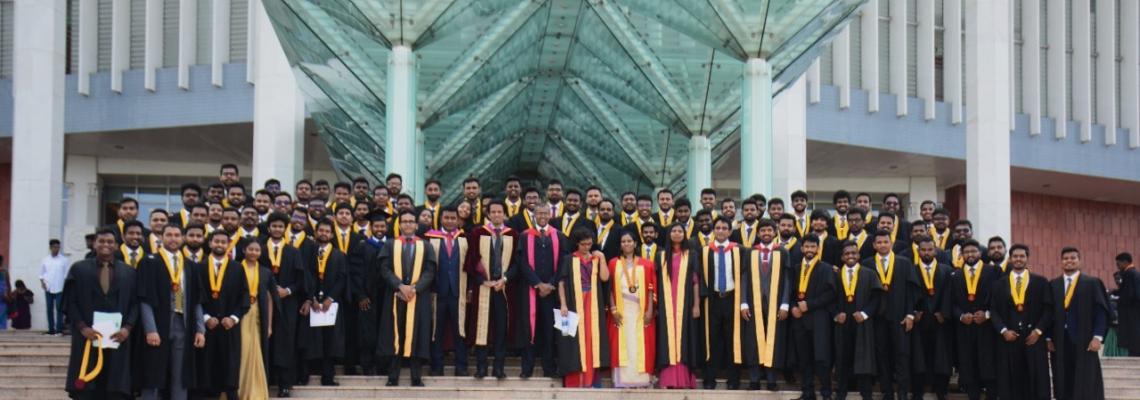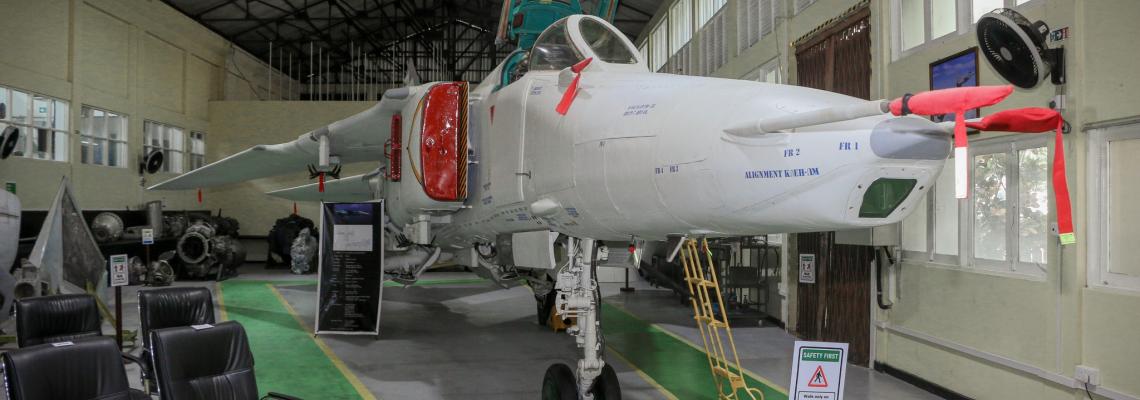Researcher(s)
Supervisor(s)
Prof. Gopura RARC / Dr. Lalitharatne SWHMTD
Laboratory
Abstract
Among different types of exoskeletons used by humans, a strength enhancement exoskeleton utilizes actuators to provide extra forces on joints directly, thus enhancing musculoskeletal strength of the user. Human-robot interaction (HRI) of these robotic exoskeletons must be characterized by high compliance or low impedance properties, which is achieved using active compliance controllers. User intention estimation, which is the highest level of active compliance control, has been achieved using EMG-based muscle torque estimation in literature. This torque estimation method maps the acquired EMG signals to muscle torques using an EMG-to-torque model. However, the neural-to-muscle activation relationship in this method depends on many external factors and muscle fatigue is one of the prominent. EMG features have been utilized in previous work to identify and quantify the muscle fatigue manifested in EMG signals. Spatial information obtained from multiple-channel EMG has shown better reliability in muscle fatigue identification when compared with single-channel information. A compliance-controlled exoskeleton with a muscle torque estimator which accounts the identified muscle fatigue can be expected to have better performance when compared with existing ones, especially for assisting demanding tasks, like stoop lifting. However, muscle fatigue quantified using multiple-channel EMG has been rarely involved in improving the high-level control of exoskeletons. In this research, a muscle torque estimation-based compliance controller, with a fatigue effect compensator for exoskeletons will be developed. Furthermore, the fatigue effect identification will be based on multiple-channel EMG signals.
Keywords
EMG, Muscle Fatigue, Compliance Control, Hip Exoskeleton








